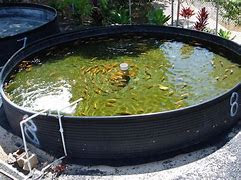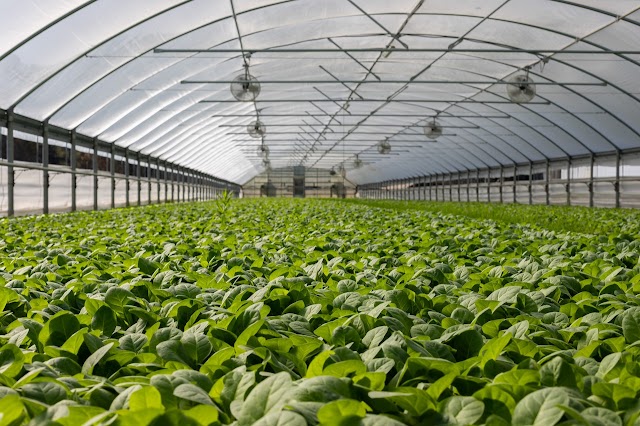Aquaculture, often referred to as fish farming, is a vital and rapidly growing sector within the agriculture industry. It plays a critical role in addressing the ever-increasing global demand for seafood while also alleviating the pressure on our oceans. In this article, we will delve into the fascinating world of aquaculture, exploring its history, methods, and its crucial role in ensuring a sustainable and abundant future for all.
The History of Aquaculture
Aquaculture is not a new concept. In fact, it has been practiced for thousands of years. The earliest known record of fish farming dates back to ancient China, where carp were cultivated as a food source as early as 475 BC. Over time, aquaculture has evolved from small-scale traditional practices to large commercial operations.
Modern Aquaculture Techniques
Today, aquaculture incorporates a wide range of species, including fish, shrimp, mollusks, and even seaweeds. The methods employed in aquaculture are diverse and continually evolving to meet the demands of a growing global population. Some of the most common techniques include:
- Fish Ponds: These are large, controlled water bodies where fish are raised. They can be either freshwater or marine-based, depending on the species.
- Cage Farming: In marine environments, floating cages are used to rear fish. This method is common for species like salmon.
- Recirculating Aquaculture Systems (RAS): RAS systems are closed-loop facilities where water is continuously filtered and recirculated, providing a controlled environment for fish growth.
- Integrated Multi-Trophic Aquaculture (IMTA): IMTA systems cultivate multiple species in a symbiotic relationship, where waste from one species becomes a nutrient source for another, reducing environmental impact.
The Environmental Benefits
One of the most compelling aspects of aquaculture is its potential to alleviate the strain on our oceans. Wild-caught fish populations are under increasing pressure, with many species facing depletion. Sustainable aquaculture practices can help reduce the overfishing of our oceans, while providing a reliable source of seafood.
Sustainability Measures
To ensure the sustainability of the aquaculture industry, various measures are being adopted:
- Certification Programs: Organizations like the Aquaculture Stewardship Council (ASC) and the Global Aquaculture Alliance (GAA) provide certification for farms that meet strict environmental and social standards.
- Feeding Practices: Developing sustainable and nutritious fish feeds is a priority. Reducing the reliance on wild-caught fish as feed for farmed species is essential.
- Efficient Resource Use: Recirculating aquaculture systems and IMTA techniques help reduce water usage and minimize environmental impact.
- Selecting Suitable Species: Choosing species that are well-suited to the local environment and have a minimal ecological footprint is vital.
Challenges and Innovations
Despite its numerous advantages, aquaculture faces several challenges, including disease management, waste disposal, and the potential for genetic impacts on wild populations. However, innovative solutions are continually emerging, such as the use of probiotics to improve fish health, biodegradable fish pens, and selective breeding programs.
Conclusion
Aquaculture is not just about cultivating fish; it's about nurturing our planet and securing our food future. By adopting sustainable practices and embracing technological innovations, aquaculture is transforming the way we think about seafood production. It offers a promising path towards a world where we can enjoy the ocean's bounty without depleting its resources. So, the next time you savor a delicious fillet of farmed salmon, remember the remarkable journey it took from the farm to your plate, a journey that is helping sustain our planet for generations to come.






0 Comments